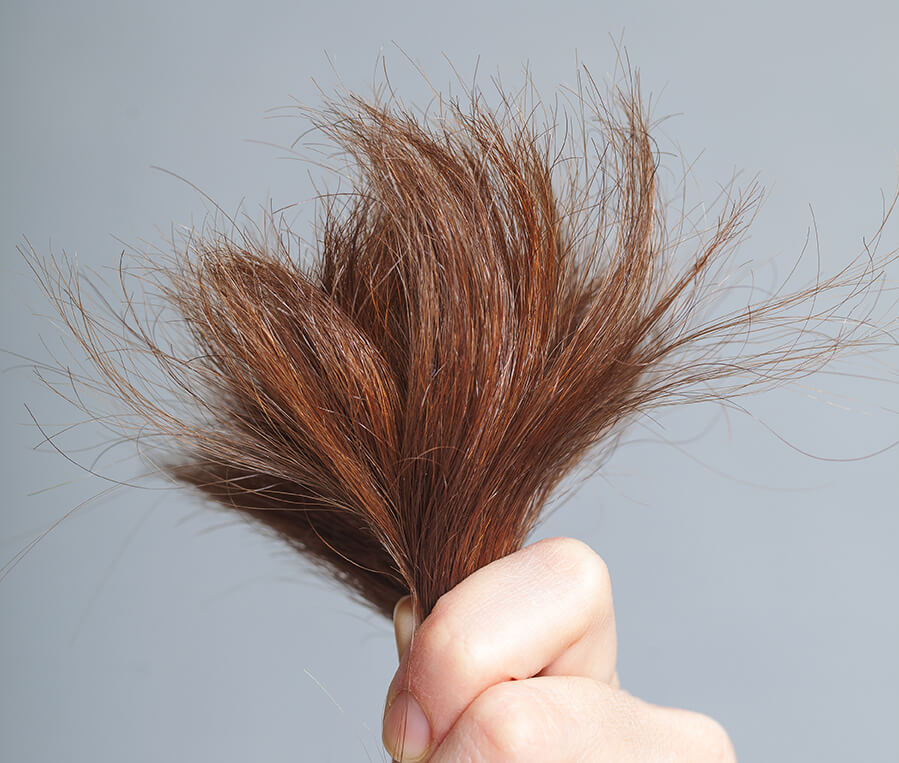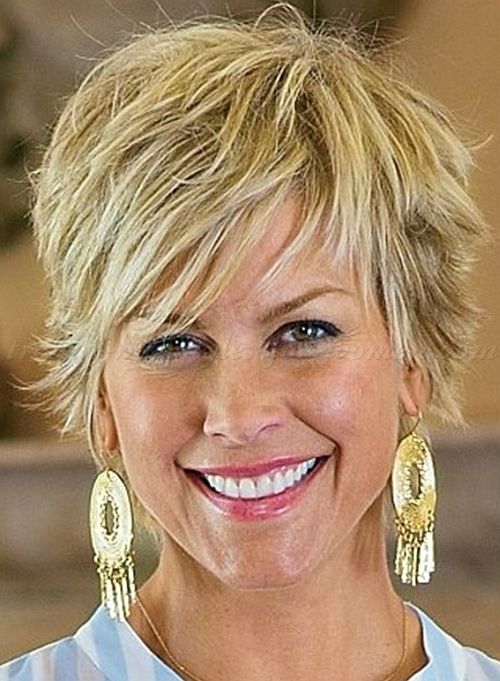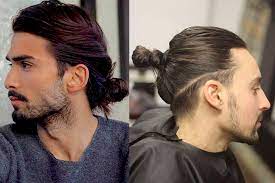
Damage may be inevitable, but you can stave it off by scheduling trims every 6-8 weeks and using products designed specifically for your hair type. hair dusting (feather-light trimming technique) and using an excellent hair mask are both excellent options to consider.
Causes of Split Ends
Long-haired individuals are especially prone to split ends when bleaching, using heat-styling tools, or coloring their locks. Regular trims, effective treatments, and good maintenance practices can significantly lessen or prevent such stresses on the strands. Double split ends are one recognizable type that results from the hair cuticle wearing down, exposing more fragile cortical cells and making your locks vulnerable to strain or damage. Baby split ends, or “baby ends,” are smaller forms of split-end development resulting from dehydration.
Treatments
Though split ends cannot be treated without getting them professionally cut, there are various at-home treatments and preventive tactics available to keep them from worsening. Adding products with ingredients like rice extract into your haircare regimen and using products designed to restore damaged locks can help strengthen bonds in damaged hair. Deep conditioning masks and leave-in repair treatments can also provide visible results but won’t completely eliminate split ends.
Prevention
One surefire way of treating split ends is cutting them off, but there are other strategies for preventing damage to your locks. Using products with bond-enhancing ingredients, satin or silk pillowcases, and microfiber towels can help reduce friction and frizz. Avoiding tight hairstyles that create friction is also important. Additionally, maintaining a healthy diet that includes fruits, vegetables, and necessary supplements is crucial for preventing dryness and split ends.

